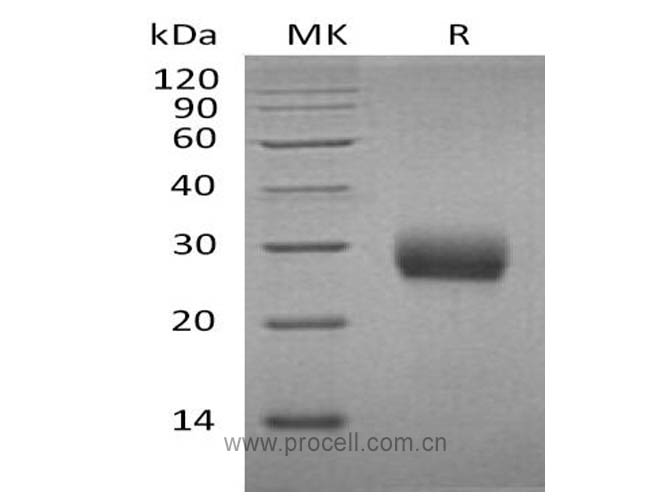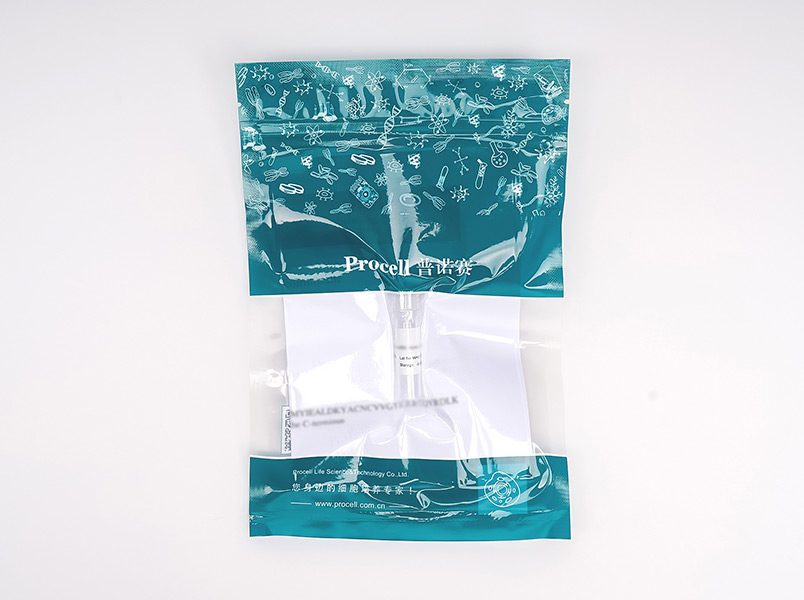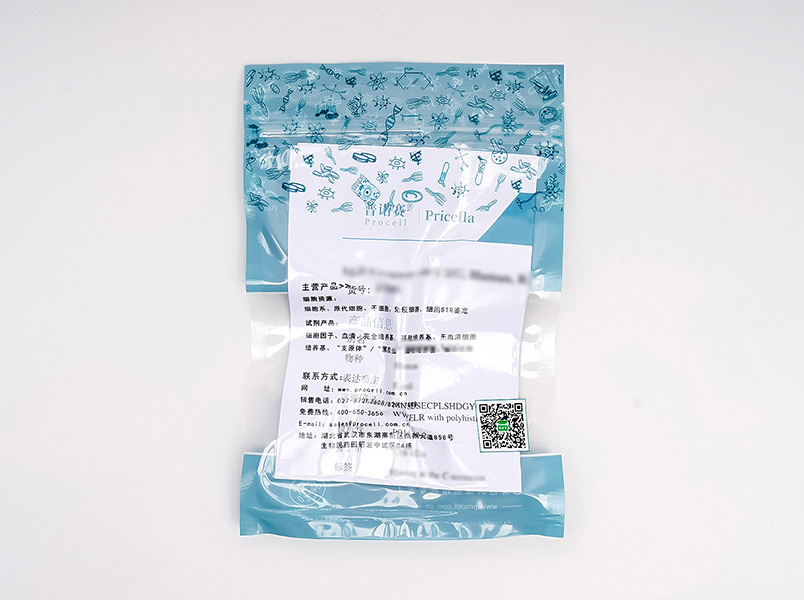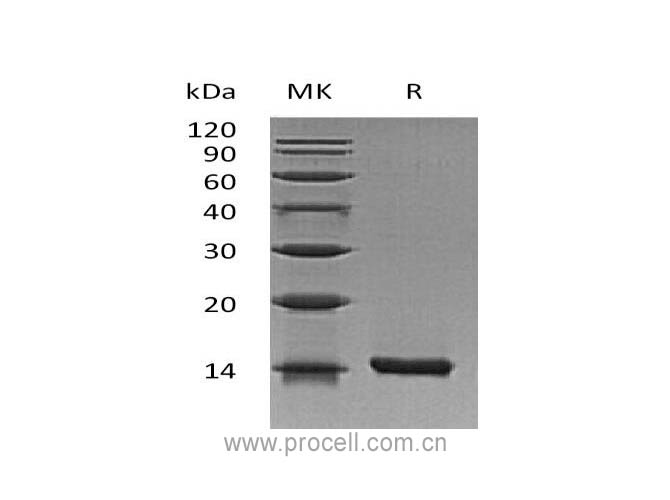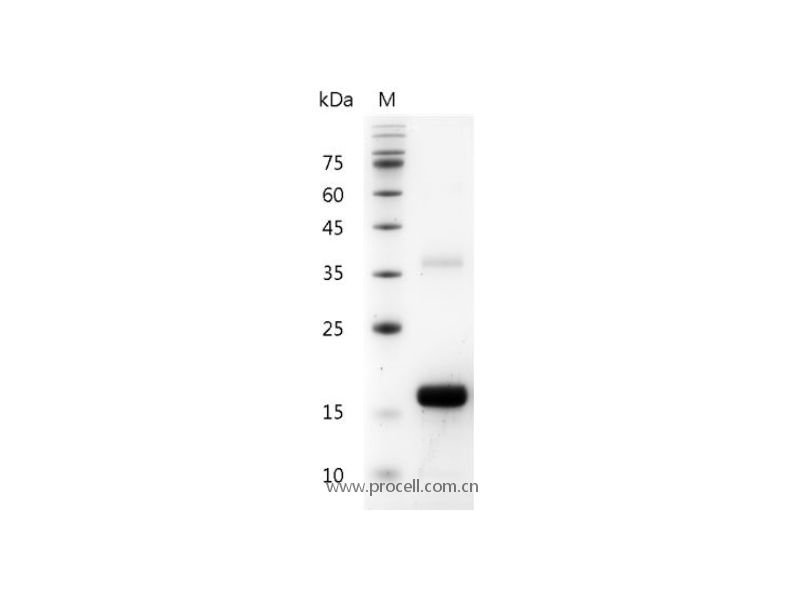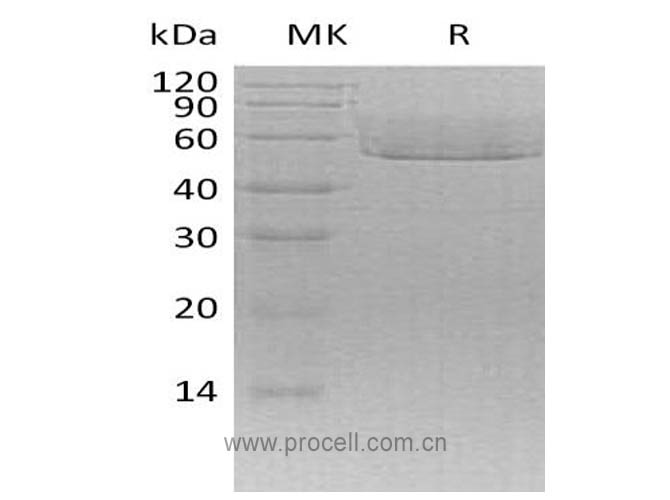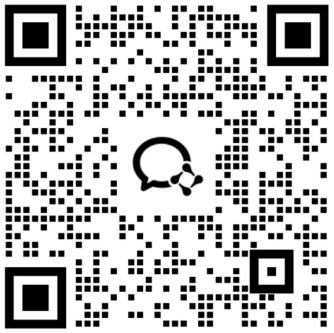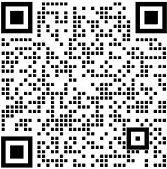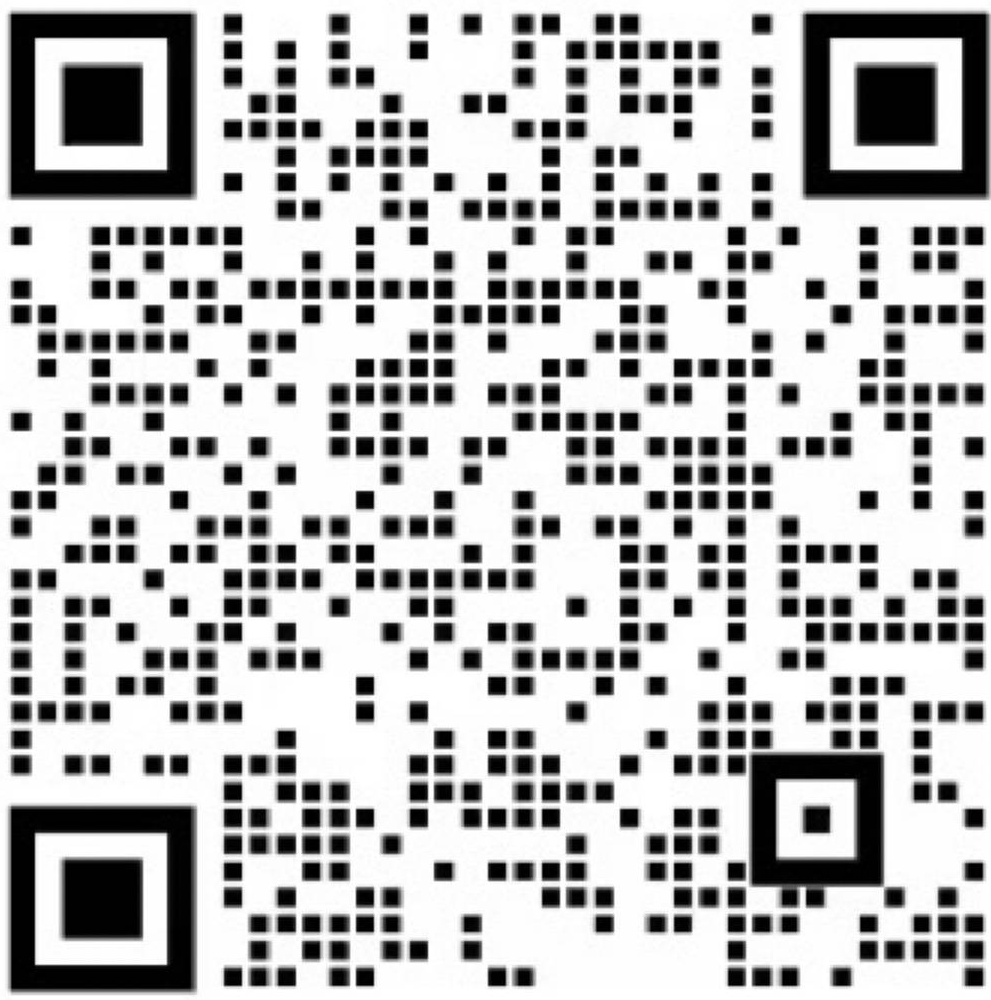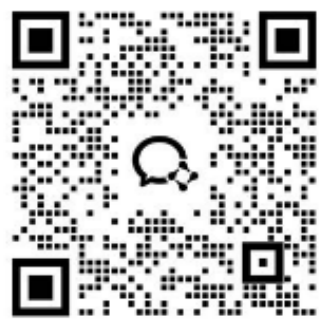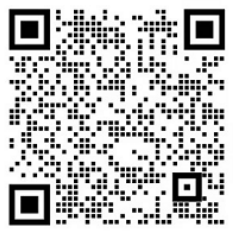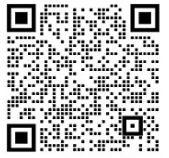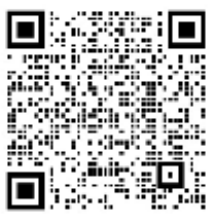产品中心Cell Resources
联系我们CONTACT US
 400-999-210024小时服务热线
400-999-210024小时服务热线
产品概述
产品信息
| 别名 | Receptor activator of NF-KB; tumor necrosis factor Receptor superfamily member 11A; TRANCE Receptor; Osteoclast differentiation factor Receptor; NFKB activator; TRANCER; CD265; TNFRSF11A; TRANCE R; CD265 antigen; ODFR |
| 物种 | Mouse |
| 表达宿主 | Human Cells |
| 序列信息 | Val31-Ser214 |
| 检索号 | O35305 |
| 分子量 | 21.3 kDa |
| 表观分子量 | 26-30 kDa |
| 标签 | C-6His |
产品特性
| 纯度 | >95% as determined by reducing SDS-PAGE. |
| 内毒素 | <1.0 EU per µg as determined by LAL test. |
| 保存 | Lyophilized protein should be stored at -5~-20℃, stable for one year after receipt. Reconstituted protein solution can be stored at 2-8℃ for 2-7 days. Aliquots of reconstituted samples are stable at -5~-20℃ for 3 months. |
| 运输 | Ambient temperature or ice pack. |
| 制剂 | Lyophilized from a 0.2 μm filtered solution of PBS,pH7.4. |
| 复融 | Always centrifuge tubes before opening. Do not mix by vortex or pipetting.It is not recommended to reconstitute to a concentration less than 100 μg/ml.Dissolve the lyophilized protein in distilled water.Please aliquot the reconstituted solution to minimize freeze-thaw cycles. |
背景介绍
Receptor activator of NF-κB (RANK,TNFRSF11A) belongs to one member of tumor necrosis factor Receptor family.It is a Receptor for TNFSF11/ RANKL/ TRANCE/ OPGL. This gene encodes a type 1 membrane Protein with a 30 amino acids (aa) signal peptide, 184 aa extracellular region , a 20 aa transmembrane domain and a 391 aa cytoplasmic region. Human and murine RANK share 81% aa identity in their extracellular domains. RANK is ubiquitous highly expressed in trabecular bone, thymus, small intestine, lung, brain and kidney, but weakly expressed in spleen and bone marrow. After binding its Ligand RANKL, RANK can activate signaling pathways such as NF-κB, JNK, ERK, p38, and Akt/ PKB, through TRAF Protein phosphorylation. RANK/ TNFRSF11A signaling is largely considered to be growth promoting and apoptosis reducing such as the effects observed in osteoclasts. RANK/ TNFRSF11A was also found to be involved in the regulation of interactions between T-cells and dendritic cells.
FAQs
Q:{{item.question}}
A:
暂无数据
产品资料
注:百度浏览器无法支持扫一扫功能,请输入识别码,获取相应产品资料


识别码示意图


